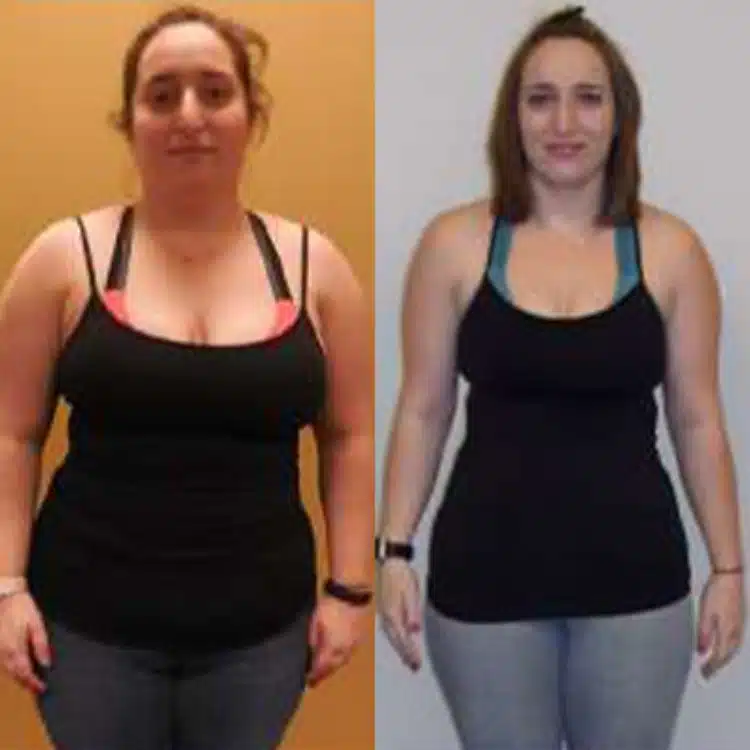One of the biggest benefits of working with a medical weight loss program is that so many of the smaller details are determined for you. This is the case especially when it comes to managing your healthy diet. When you first sign up for your weight loss program you will sit down with a nutritionist or weight loss doctor and review the types of foods that you typically eat, and the types of foods that you know you should be eating. Working with a weight loss expert in this way can clear up a lot of the misconceptions about what you should be eating every day to help you reach your weight loss goal.
But aside from determining what to eat, the second greatest mistake that is typically made when it comes to adjusting the diet is how much to eat. Sometimes, determining how much you should be eating is just as complicated as figuring out what items are okay.
Portions Fit for Weight Loss Success
A portion size refers to the amount of food that ought to be eaten in a single serving. All too often, when we load up our plates come dinnertime we are overloading them with food, serving up sometimes twice as much as is appropriate in a single portion.
What’s even worse is that many restaurants and food companies have caught on to this trend, and have started selling oversized portions to accommodate the desires of the consumer. This is how the standard 3” bagel that packed 140 calories, which was typical 20 years ago, is now a 6’ bagel that comes in at 350 calories.
Muffins, burgers, glasses of soda—so many of the staples of the US diet have grown to sometimes more than twice their original size, leaving many of us to eat almost twice as much come meal time.
The best thing that you can do to combat oversized portions is to become aware of how much is appropriate to eat and to be careful about limiting your portions to only what you need to eat to not feel hungry. Making small changes to your portion sizes can help you cut out extra calories from your diet, which will support your long-term weight loss goals.











